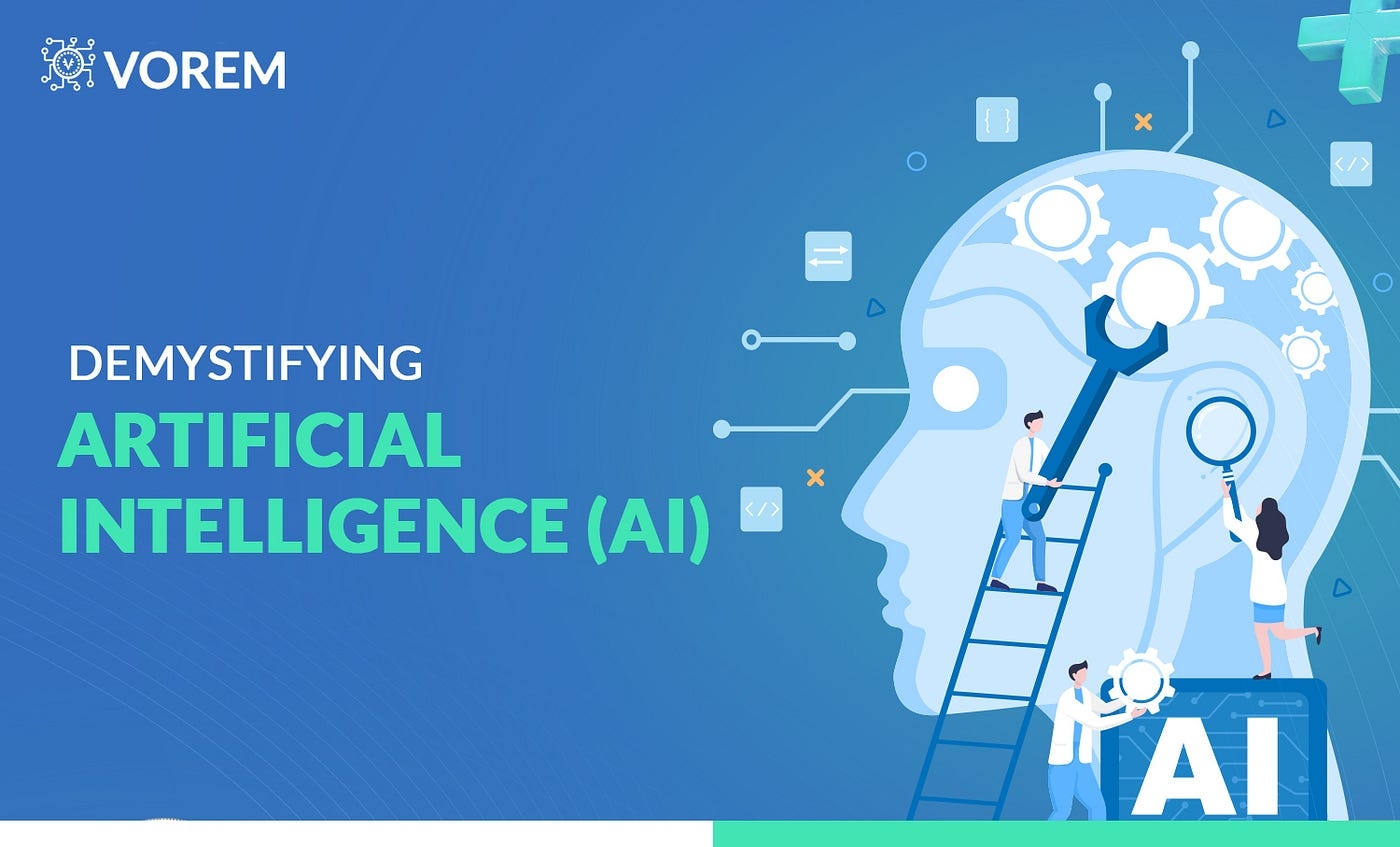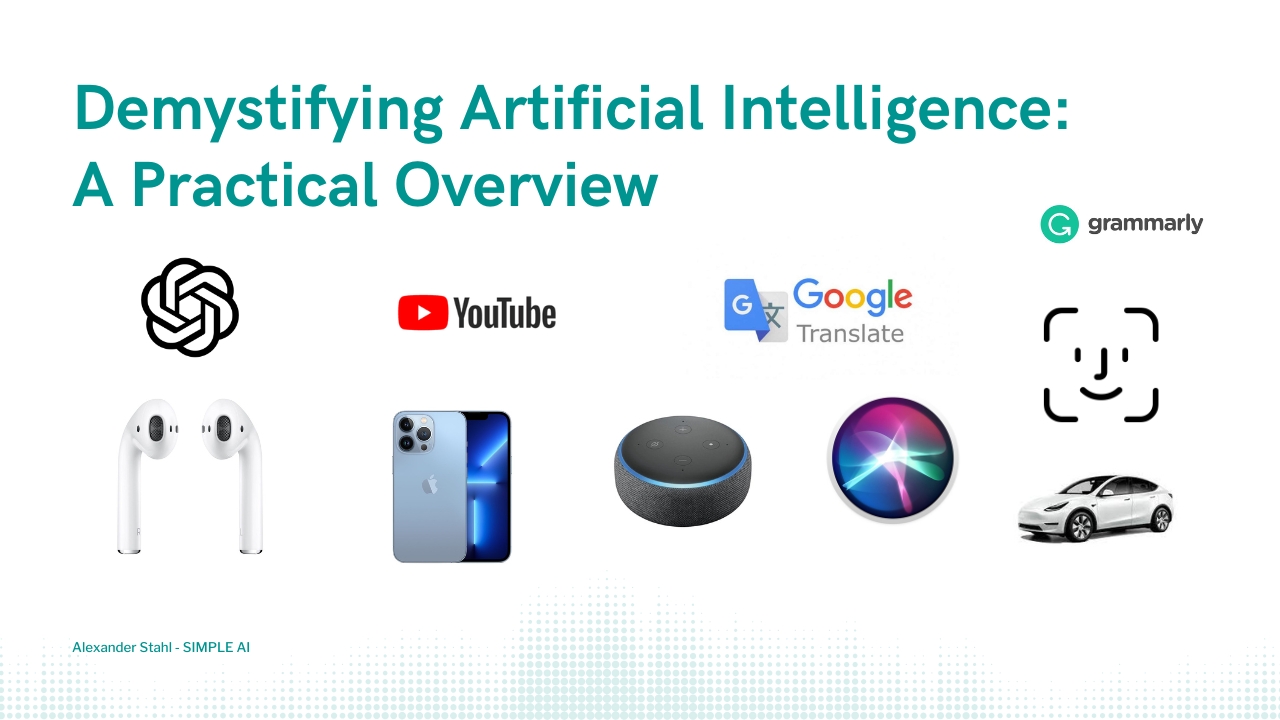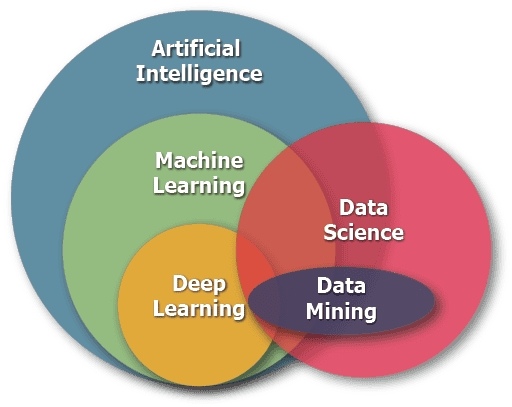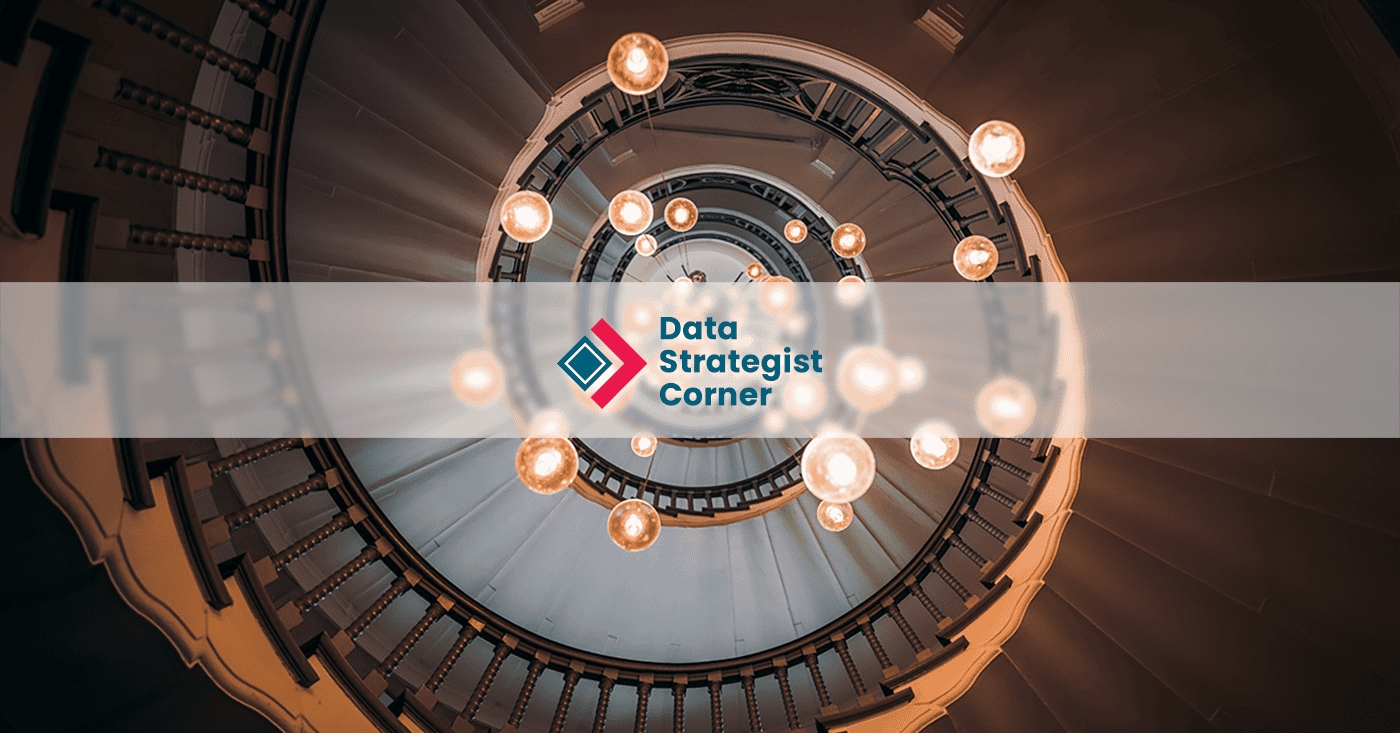Understanding the Significance of Data in Contemporary Advertising Networks
Buy CPC Traffic | Buy Display Ads | Exclusive traffic sources | Buy Push Ads | Popunder ADS | Buy Native Ads | Buy Preroll Ads

Buy CPC Traffic | Buy Display Ads | Exclusive traffic sources | Buy Push Ads | Popunder ADS | Buy Native Ads | Buy Preroll Ads
Advertising has evolved significantly in the digital era, with data becoming the driving force behind its success. But what exactly is the role of data in modern advertising networks? Is it just a buzzword, or does it hold real value?
Today, data is at the core of every successful advertising campaign. It provides valuable insights into consumer behavior, allowing marketers to tailor their messages to the right audience at the right time. By analyzing data, advertisers can gain a deeper understanding of their target market, identify trends, and make informed decisions that lead to more effective advertising strategies.
Data is collected from various sources, such as cookies, social media platforms, and online interactions. This wealth of information enables advertisers to segment their audience and create personalized ads that resonate with individuals on a personal level. Through data-driven targeting, advertisers can reach the right people with the right message, increasing the likelihood of engagement and conversion.
Moreover, data allows advertisers to measure the success of their campaigns and optimize them in real-time. By tracking key metrics like click-through rates, conversions, and engagement levels, marketers can identify what works and what doesn't, making data-driven adjustments to maximize their return on investment. Data-driven advertising empowers marketers to constantly iterate and improve their strategies, ensuring that every advertising dollar is well-spent.
In conclusion, data is much more than just a buzzword in modern advertising networks. It is the driving force behind successful campaigns, providing valuable insights into consumer behavior and enabling advertisers to create personalized, targeted, and effective messages. With data, marketers can measure the success of their campaigns and continuously optimize them for better results. As technology advances, data will continue to play a crucial role in advertising, shaping the future of the industry.
The Importance of Data in Modern Advertising Networks

Data plays a crucial role in modern advertising networks. It provides valuable insights into consumer behavior, preferences, and trends, which helps advertisers make informed decisions and target their audience effectively.
One of the main reasons data is important in advertising networks is that it allows advertisers to understand their target audience in depth. By analyzing data on demographics, interests, and online behavior, advertisers can create highly targeted advertisements that resonate with their audience. This not only increases the chances of user engagement but also improves the return on investment for advertisers.
Data also helps advertising networks optimize their ad inventory and placements. By analyzing data on ad performance, such as click-through rates and conversion rates, networks can identify which ads are most effective and make data-driven decisions about optimizing ad placements to maximize revenue. This not only benefits the networks but also ensures that users are shown relevant and engaging ads, enhancing their overall browsing experience.
Benefits of data in advertising networks:
- Improved targeting and personalization
- Higher return on investment for advertisers
- Optimized ad inventory and placements
- Enhanced user experience
Furthermore, data is also crucial for measuring and analyzing the effectiveness of advertising campaigns. By tracking key metrics such as impressions, clicks, and conversions, advertisers can evaluate the success of their campaigns and make necessary adjustments to optimize their results. This data-driven approach allows advertisers to continuously improve their advertising strategies and achieve better results over time.
In conclusion, data plays a vital role in modern advertising networks. It enables advertisers to understand their target audience, optimize ad placements, and measure the effectiveness of their campaigns. By harnessing the power of data, advertisers and advertising networks can deliver more targeted, relevant, and engaging ads to users, ultimately driving better results for all stakeholders involved.
The Power of Data in Advertising
Advertising networks have experienced a significant transformation in recent years, thanks to the power of data. With the abundance of information available, advertisers can now target their audience with precision, ensuring a higher return on investment.
One of the key factors that have revolutionized advertising is the integration of data-driven technologies. These technologies enable advertisers to collect, analyze, and interpret massive amounts of data to improve their advertising strategies.
The Benefits of Data-Driven Advertising
1. Targeted Advertising: Data allows advertisers to target their ads to specific demographics, interests, and locations. By understanding their audience better, advertisers can create more personalized and relevant campaigns, resulting in higher engagement and conversion rates.
2. Improved Campaign Performance: By analyzing data, advertisers can identify trends, patterns, and consumer behavior, which can be used to optimize their campaigns. This insight helps advertisers make data-driven decisions on ad placements, messaging, and creative elements for better performance.
3. Measurable Results: Data-driven advertising provides measurable results, allowing advertisers to track the effectiveness of their campaigns in real-time. With accurate and timely data, advertisers can make necessary adjustments to their strategies to maximize their return on investment.
The Role of Data in Push Ads
 Push Ads">
Push Ads">
Push ads are a popular advertising format that leverages the power of data to deliver targeted messages directly to users' devices. By analyzing user behavior and preferences, push ads can be personalized and timed to perfection.
With push ads, advertisers can ensure their messages reach the right audience at the right time, increasing the likelihood of engagement and conversions. Push ads rely on data such as device type, location, browsing history, and user interests to deliver highly relevant and enticing ad content.
The power of data in push ads lies in its ability to provide advertisers with valuable insights into their audience's preferences, allowing them to tailor their campaigns for maximum impact. By utilizing data-driven technologies, advertisers can unlock the full potential of push ads and drive their advertising strategies to new heights.
In conclusion, data plays a crucial role in modern advertising networks. Advertisers who harness the power of data-driven technologies can create highly targeted and effective campaigns, resulting in improved performance and ROI. Whether it's push ads or other forms of advertising, embracing data-driven approaches is essential for success in today's competitive advertising landscape.
Data-Driven Decision Making

Data-driven decision making is a critical aspect of modern advertising networks. With the vast amount of data available from various sources, advertisers can make informed decisions to optimize their campaigns and achieve better results.
Through data analysis, advertisers can gain insights into their target audience and their preferences. They can track user behavior, such as clicks, conversions, and engagement, and use this data to inform their advertising strategies. By analyzing data, advertisers can understand which channels, messages, and creative elements are most effective in reaching and engaging their target audience.
Data-driven decision making allows advertisers to be more agile and adaptive. By continuously monitoring and analyzing data, they can quickly identify trends and adjust their campaigns accordingly. For example, if data shows that a particular ad is underperforming, advertisers can make changes to improve its effectiveness or allocate their budget to more successful campaigns.
To make data-driven decisions, advertisers need to have access to accurate and relevant data. This requires robust data collection methods and tools for data analysis. Advertising networks often employ advanced analytics platforms that can process large amounts of data and provide advertisers with actionable insights.
1. Improved targeting: By leveraging data, advertisers can target specific audience segments with precision, increasing the chances of reaching the right people.
2. Increased ROI: Data-driven decisions can lead to more effective and efficient ad campaigns, resulting in a higher return on investment.
3. Performance optimization: Analyzing data allows advertisers to identify underperforming campaigns or channels and make necessary adjustments to improve performance.
4. Competitive advantage: Advertisers who rely on data-driven decision making can stay ahead of the competition by leveraging insights and adjusting their strategies accordingly.
Targeted Advertising and Personalization
In modern advertising networks, targeted advertising and personalization have become essential components of successful marketing strategies. By leveraging data, advertisers are able to deliver tailored advertisements to specific individuals or groups, maximizing the relevance and effectiveness of their campaigns.
Targeted advertising allows advertisers to reach their desired audience based on a variety of factors, including demographics, interests, and online behavior. By analyzing data from various sources, such as browsing history, social media activity, and purchase behavior, advertisers can create detailed profiles of individual consumers. This information enables them to target advertisements specifically to those who are most likely to be interested in their products or services.
Personalization takes targeted advertising a step further by providing consumers with highly relevant and customized ads. Through data analysis and machine learning algorithms, advertisers can deliver advertisements that are tailored to the unique preferences and characteristics of each individual consumer. Personalized ads can include dynamic content, such as product recommendations, personalized offers, and location-based information, further increasing their effectiveness.
By implementing targeted advertising and personalization strategies, advertisers can not only increase the effectiveness of their campaigns but also improve the overall user experience. When consumers are served ads that are relevant and interesting to them, they are more likely to engage with the advertisements, leading to higher click-through rates and conversions.
However, it is important to note that there are also potential concerns surrounding targeted advertising and personalization. Privacy and data protection are of utmost importance, and advertisers must ensure that they are collecting and using data in a transparent and responsible manner. Consumers should have control over how their data is used and should be able to opt out of personalized advertising if they choose.
In conclusion, targeted advertising and personalization play a significant role in modern advertising networks. By leveraging data and utilizing sophisticated algorithms, advertisers can deliver tailored and personalized advertisements to the right audience, enhancing the effectiveness of their campaigns and improving the overall user experience.
Data Privacy and Ethical Considerations
Data privacy and ethical considerations play a significant role in the modern advertising networks. As technology advances and more data is collected, it is essential to have strict privacy measures in place to protect the personal information of users.
Advertisers and advertising networks must be conscious of how they collect, store, and use data. They should ensure that they only gather data with the consent of the individuals and that they adhere to all applicable data protection laws.
Transparency is another crucial aspect of data privacy. Users should have a clear understanding of what data is being collected and how it will be used. This includes providing clear privacy policies and options for users to opt-out of data collection.
Data anonymization and aggregation

Data anonymization and aggregation techniques can be employed to better protect user privacy. By removing personally identifiable information from the dataset, advertisers can still derive valuable insights without compromising individual privacy. Aggregation further increases privacy by grouping data in a way that conceals specific information about individuals.
Ethical considerations

While data can greatly enhance advertising effectiveness, ethical considerations must be taken into account. Advertisers should ensure that they do not leverage data in ways that manipulate or deceive users. The information collected should be used responsibly and ethically, with a focus on providing more relevant and personalized advertising experiences.
Additionally, advertisers should be wary of discriminatory practices that can arise from data analysis. They should strive to avoid perpetuating biases or unfairly targeting specific groups of individuals based on sensitive attributes such as race, gender, or religion.
In conclusion, data privacy and ethical considerations are integral in modern advertising networks. Advertisers and advertising networks must prioritize user privacy, transparency, and responsible data usage to build trust with their audience and create a more ethical advertising ecosystem.
The Role of Artificial Intelligence in Data-Driven Advertising

Artificial Intelligence (AI) plays a crucial role in the world of data-driven advertising. With the vast amount of data available today, AI helps advertisers make sense of this data and make informed decisions to optimize their ad campaigns.
Data Analysis

AI algorithms are used to analyze large sets of data and identify patterns, trends, and insights. By processing and analyzing data in real-time, AI can create valuable audience profiles, identify the most relevant audience segments, and personalize ad content for maximum impact. AI-powered analytics platforms can also help advertisers track campaign performance, measure ROI, and make data-driven decisions for optimal ad placement and targeting.
Ad targeting and optimization
AI-driven algorithms have the ability to continuously learn and adapt based on user behavior and preferences. This enables advertisers to target their ads to the right audience at the right time, increasing the likelihood of engagement and conversion. AI can also optimize ad placements and bids, ensuring that ads are displayed in the most effective and cost-efficient way possible.
By leveraging machine learning techniques, AI can also help advertisers predict consumer behavior and identify potential customer churn. This allows advertisers to proactively optimize their ad campaigns and tailor their messaging to retain customers and maximize lifetime value.
In addition, AI plays a crucial role in the development of programmatic advertising. By automating the buying and selling of ad inventory, AI eliminates the need for manual intervention and makes the process more efficient and cost-effective.
Ad creative and personalization
AI can also be used to generate personalized ad content based on user preferences and previous interactions. By analyzing user data, AI algorithms can dynamically generate and deliver personalized ads that resonate with individual users, leading to higher engagement and conversion rates.
Furthermore, AI can assist in creative optimization by A/B testing different ad variations and identifying the most effective combinations. This data-driven approach allows advertisers to continuously enhance their ad creative to maximize performance and achieve their campaign goals.
In summary, AI has become an indispensable tool in data-driven advertising. Its ability to analyze data, optimize targeting and ad placements, and personalize ad content makes it a valuable asset for advertisers looking to maximize their ad campaign effectiveness and ROI.
Future Trends in Data-Driven Advertising Networks
Data-driven advertising networks have revolutionized the way businesses reach their target audience, and the future looks even more promising. As technology advances and data becomes more abundant, here are some future trends that we can expect to see in data-driven advertising networks.
1. Personalized Advertising: With access to massive amounts of data, advertising networks will be able to deliver highly personalized ads to individual users. By analyzing user preferences, demographics, and browsing behavior, advertisers can create targeted campaigns that resonate with their audience on a personal level.
2. Real-Time Optimization: Data-driven advertising networks will continue to evolve to offer real-time optimization features. This means that campaigns can be continuously monitored and optimized based on real-time data analysis. Advertisers can make adjustments on the fly to maximize campaign performance and ensure that their ads are reaching the right people at the right time.
3. Artificial Intelligence: AI will play a significant role in the future of data-driven advertising networks. Machine learning algorithms can analyze vast amounts of data to identify patterns, insights, and trends. This will enable advertisers to make data-driven decisions and optimize ad campaigns with precision.
4. Cross-Channel Integration: As advertising becomes more fragmented across different platforms and channels, data-driven advertising networks will integrate multiple channels into one cohesive platform. This will allow advertisers to reach their audience across various channels seamlessly and ensure consistent messaging and branding.
5. Enhanced Measurement and Attribution: Data-driven advertising networks will provide more sophisticated measurement and attribution capabilities. Advertisers will have access to detailed analytics to understand the impact of their campaigns across different touchpoints. This will enable them to allocate their advertising budget more effectively and optimize their strategies based on data-driven insights.
6. Increased Focus on Privacy: In response to growing concerns about data privacy, data-driven advertising networks will place an increased focus on privacy and data security. Advertisers will need to ensure that they are collecting and using data in a transparent and ethical manner to build trust with their audience.
With these future trends, data-driven advertising networks will continue to shape the advertising landscape. Advertisers who leverage the power of data will be able to reach their audience more effectively and drive better results. To learn more about data-driven advertising networks and how you can boost your web traffic, consider web traffic buy.
What is the role of data in modern advertising networks?
Data plays a crucial role in modern advertising networks. It helps in targeting the right audience, optimizing ad campaigns, and measuring their effectiveness. Without data, advertisers would be guessing their target audience and wasting their budget on ineffective campaigns.
How does data help in targeting the right audience?
Data allows advertisers to collect information about users' demographics, interests, and online behavior. This information can then be used to create audience segments and target ads specifically to those who are more likely to be interested in the products or services being advertised. This way, advertisers can reach their target audience more effectively and increase the chances of converting them into customers.
What are some ways data is used to optimize ad campaigns?
Data can be used to track the performance of ad campaigns in real-time and make adjustments as needed. For example, if certain ads are not performing well, advertisers can identify the problem areas and make changes to improve their effectiveness. Additionally, data can be used to measure key performance indicators (KPIs) such as click-through rates, conversion rates, and return on investment (ROI), to evaluate the success of the campaigns and optimize them accordingly.
How do modern advertising networks measure the effectiveness of ad campaigns?
Modern advertising networks use various metrics and analytics tools to measure the effectiveness of ad campaigns. Some common metrics include click-through rates (CTR), conversion rates, reach, frequency, and return on investment (ROI). These metrics provide insights into the performance of the campaigns and help advertisers gauge the success of their advertising efforts.
What would be the impact if data were not used in modern advertising networks?
If data were not used in modern advertising networks, advertisers would not have accurate insights into their target audience, and their ad campaigns would not be as effective. They would have to rely on guesswork and general assumptions, which could result in wasted ad spend and reaching the wrong audience. The ability to measure the effectiveness of ad campaigns would also be significantly limited, making it difficult to optimize and improve future advertising efforts.
What is the role of data in modern advertising networks?
Data plays a crucial role in modern advertising networks. It allows advertisers to target specific audiences, track and measure the effectiveness of their campaigns, and make data-driven decisions to optimize their advertising strategies. Without data, advertising networks would not be able to deliver personalized and relevant advertisements to consumers.
How does data help advertisers target specific audiences?
Data allows advertisers to gather information about consumers' demographics, interests, and online behavior. This information can then be used to create audience segments, which advertisers can target with their advertisements. By targeting specific audiences, advertisers can increase the likelihood of reaching their desired customers and improve the overall effectiveness of their campaigns.
What are some examples of data that advertisers use in advertising networks?
Advertisers use various types of data in advertising networks, such as demographic data (age, gender, location), behavioral data (browsing history, purchase behavior), and psychographic data (interests, lifestyle). Additionally, advertisers can also utilize first-party data (data collected directly from their own customers) and third-party data (data acquired from external sources) to enhance their targeting capabilities.
How does data help advertisers measure the effectiveness of their campaigns?
Data allows advertisers to track key performance indicators (KPIs) such as impressions, click-through rates, conversions, and sales. By analyzing these data points, advertisers can assess the success of their campaigns and make data-driven decisions to optimize their strategies. This data-driven approach helps advertisers understand what is working and what is not, leading to more effective and efficient advertising campaigns.
Buy CPC Traffic | Buy Display Ads | Exclusive traffic sources | Buy Push Ads | Popunder ADS | Buy Native Ads | Buy Preroll Ads
2022-2024 @ Demystifying the Role of Data in Modern Advertising Networks